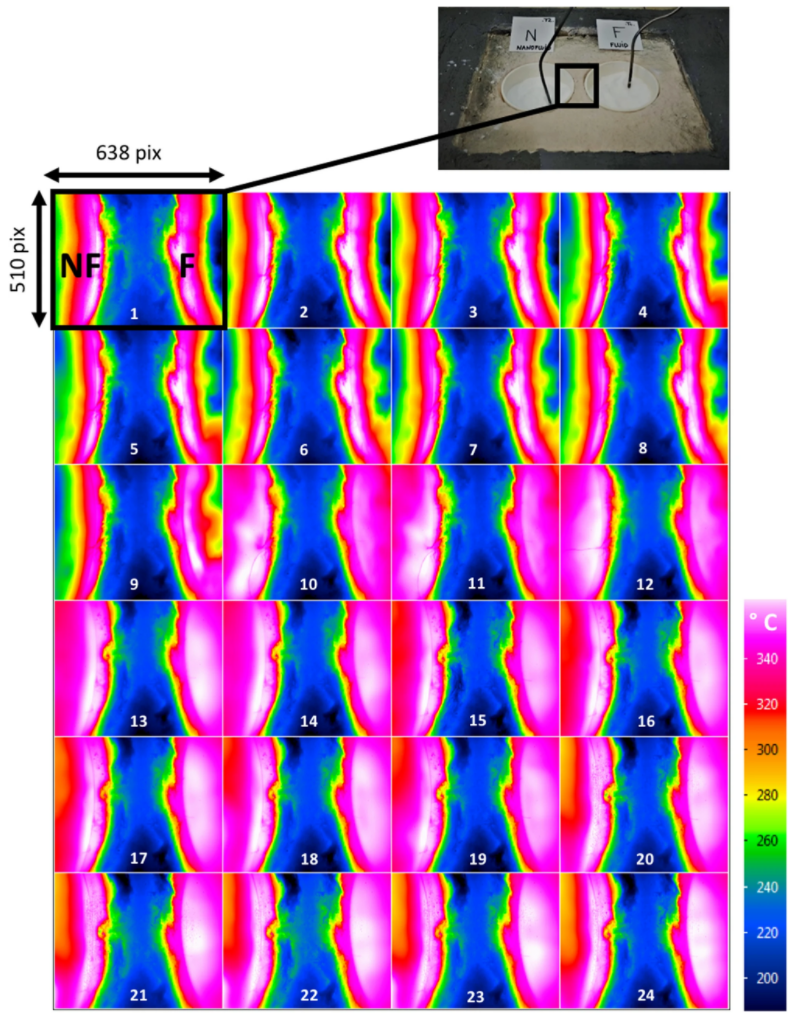Understanding the abnormal thermal behavior of nanofluids through infrared thermography and thermo-physical characterization
Adela Svodova and Pablo Gamallo from IQTC in collaboration with Alejandro Calderón, Camila Barreneche & A. Inés Fernández from DIOPMA recently published a paper at Scientific Reports, which has an important interest in the field of renewable energies.
In fact, nanofluids constitute a very interesting material for a wide variety of technologies, including thermal storage systems. Energy storage systems are key technologies for achieving the transition to renewable energies. Such systems allow improving energy efficiency making renewable energy more viable. An example of this is the great advances made in the efficiency of solar energy by using thermal energy storage (TES) systems. At present, more than 70% of concentrated solar power (CSP) projects have integrated TES systems2, and such power plants reached an installed capacity of 4.5 GW at the end of 20193. Due to the importance of the storage systems for the viability of CSP technology, it is necessary to keep on improving them by increasing both their energy efficiency and their capacity of continuously generating electricity, without forgetting their competitiveness from an economic point of view.
Nanofluids (NFs) are colloidal suspensions of nanoparticles (NPs) within a base fluid. Unlike conventional mixtures, NFs exhibit dramatically enhanced properties, such as an abnormal increase in heat capacity at a low concentration of NPs (e.g., Cp values 30% higher than the base material value). Understanding the thermo-physical behavior of NFs is essential for their application as thermal energy storage systems. In this study, the investigators analyze a sodium nitrate ionic system containing 1 wt%, 3 wt% and 7 wt% of SiO2 NPs with different techniques like infrared thermography, infrared spectroscopy and differential scanning calorimetry (DSC) in order to shed light on the mechanism behind the increase of Cp

The investigators have demonstrated experimentally for the first time the main phenomena involved in the abnormal increase of Cp in NFs. It provides a more detailed and unified vision and explanation of this phenomenon that has been studied considerably over recent years.
We invite you to read the full paper if you want to delve into the details of the investigation: Understanding the abnormal thermal behavior of nanofluids through infrared thermography and thermo-physical characterization
The investigation has been also published in the UB News, due to its importance. You can check out the news as well: Advances for the application of nanofluids to energy storage systems
